Crystal clear water at a year-round temperature of 72* makes Blue Spring State Park the perfect destination for both visitors and those who make their homes there. Each day, the spring pours 100 million gallons of water into the St. Johns River.
Blue Spring State Park was established in 1972. Two years earlier, only 14 wintering manatees were tracked in the spring run. In 1971, Jacques Cousteau filmed a documentary about manatees titled ‘The Forgotten Mermaids.’ This film is thought to have helped convince the state to purchase the land. Ongoing conservation efforts including prescribed fire have restored Blue Spring State Park to its original splendor.
Up to 485 manatees now spend their winters in the warm spring waters. Endemic Florida Scrub-Jays, bald eagles, fish, turtles, alligators, and a bounty of other animals live there year-round. As part of the Great Florida Birding Trail, 142 species including merlins, Mississippi kites, Blackburnian warblers, and chestnut-sided warblers have been spotted within the park.
Blue Spring State Park offers plenty of opportunities for everyone to get outside. Spend the day hiking or biking. Stroll along the boardwalk through the lush hammock to Blue Spring. Barbeque and picnic near the water. Take a hike along the 4.5-mile Pine Island Trail and look for wading birds, ospreys, kingfishers, Bachman’s sparrows, hairy woodpeckers, scrub jays, and other animals who live within the different ecosystems. Free ranger-guided bird walks are offered in April and October.
Swimming, snorkeling, diving, tubing, canoeing, kayaking, and paddleboarding resume when the weather warms and the manatees leave their winter home. Bring your own or rent a canoe or kayak. A guided Kayak Experience is available. Take a guided St. Johns Riverboat Cruise or a Guided Wilderness Escape Segway.
Look for middens, commonly known as shell mounds, and other archaeological sites within the park. Visit the Thursby house, built by European settler Louis Thursby in 1872, where steamboat passengers spent the night during their river trips. Today, the historic house is a place to enjoy interpretive exhibits, museum pieces, and, from mid-November until the end of February, the manatee interpretive program.
If a day trip is not long enough, bring your RV, pitch a tent, or rent a cabin to be sure you have time to experience all the park has to offer.
Get there early since the park reaches capacity quickly. For reservations, rentals, and more information, click here: https://www.floridastateparks.org/pa…/blue-spring-state-park
Photo Credit: Alex Clark, Andy Waldo, Dan Kon, Erin James

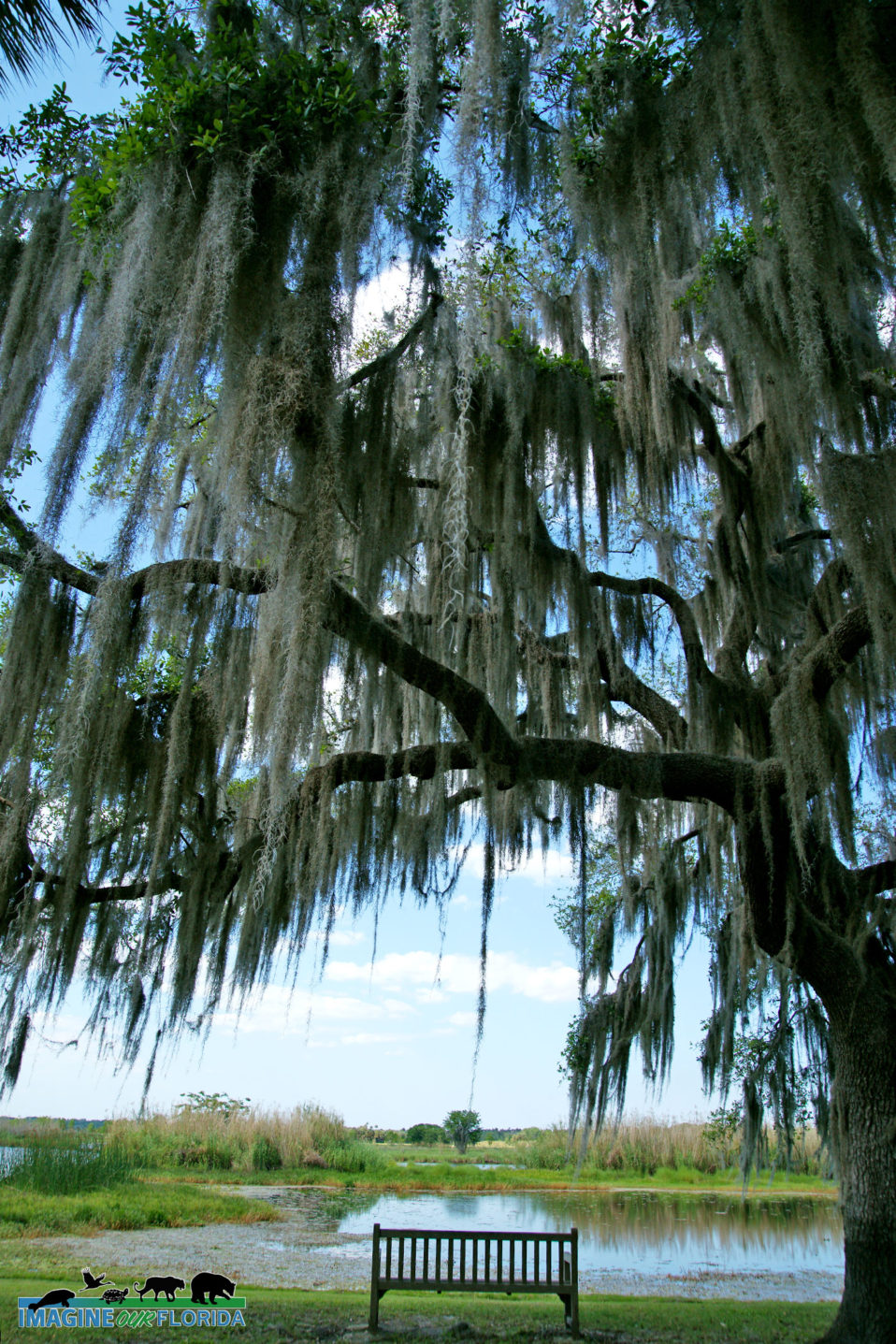
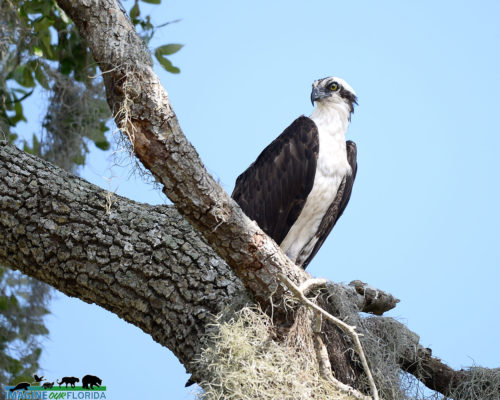
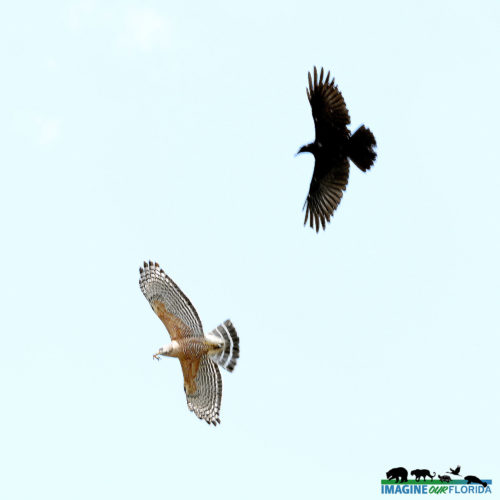
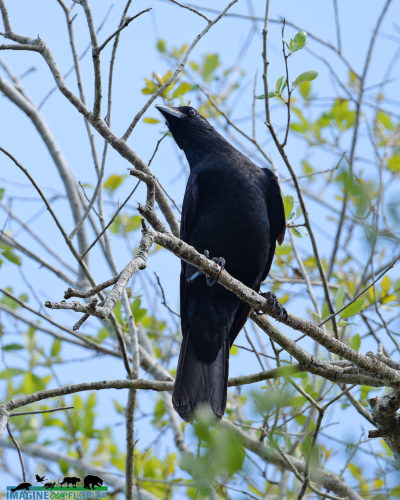
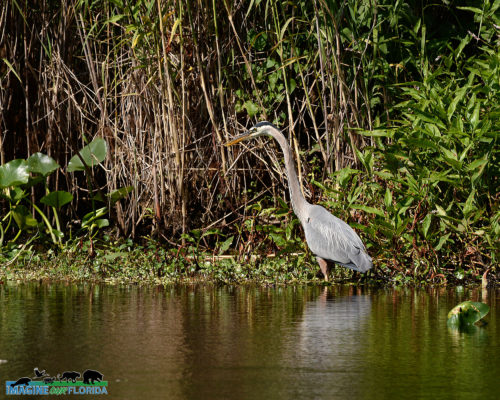
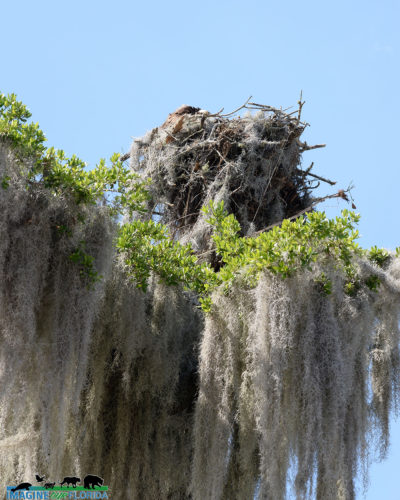
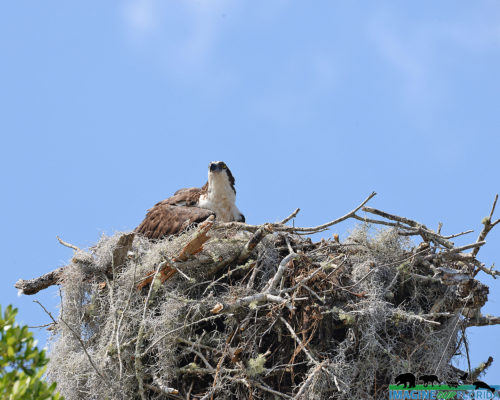
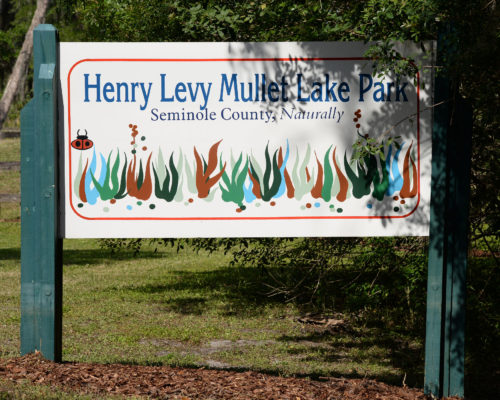
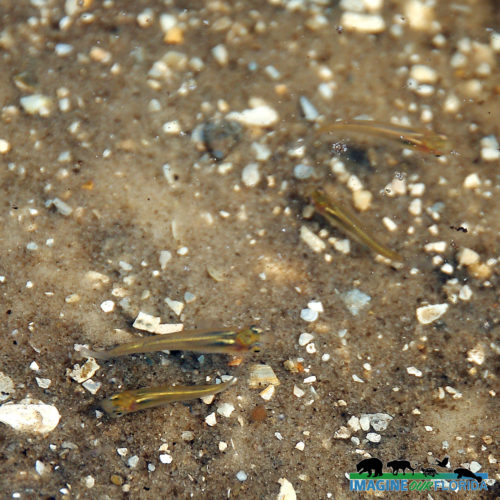
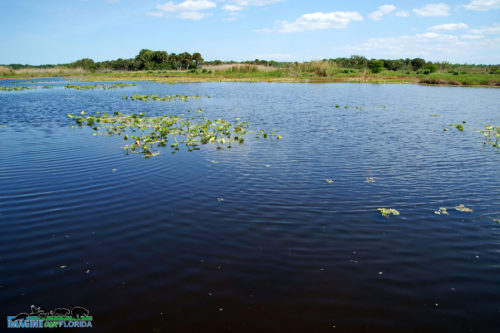
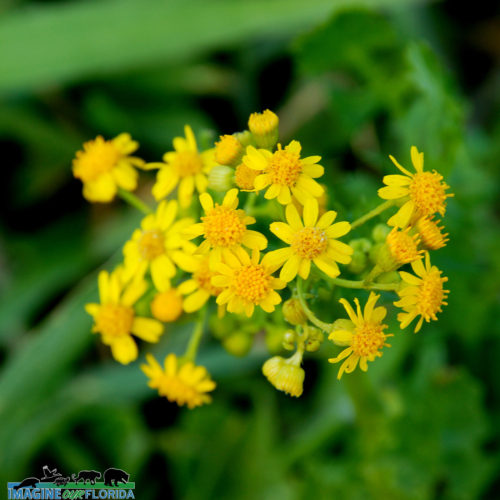
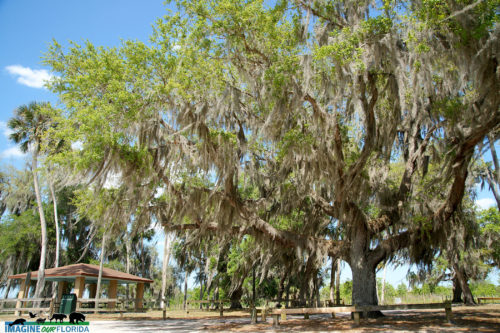
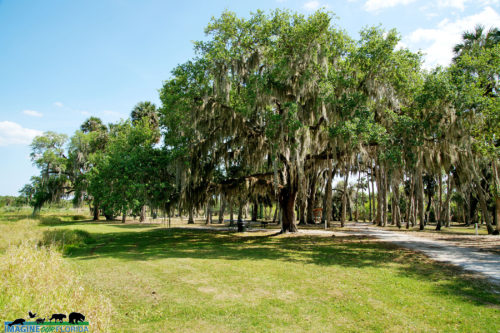
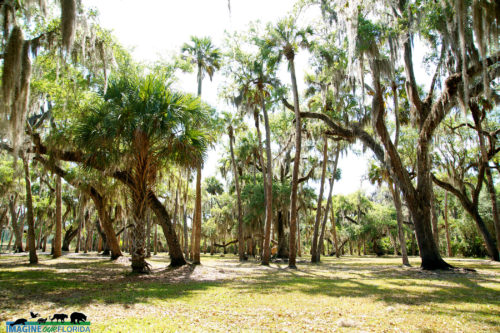
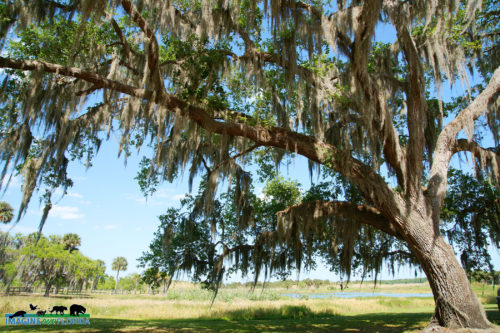
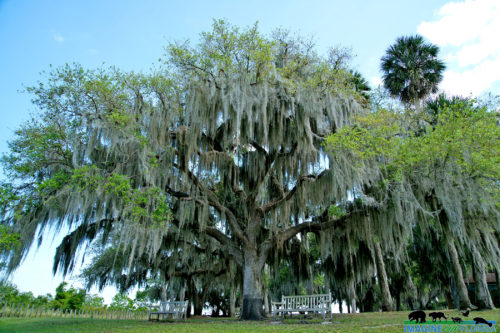
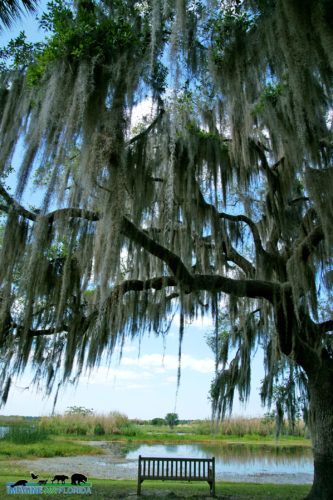
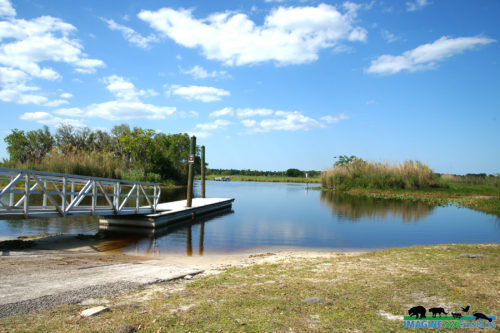
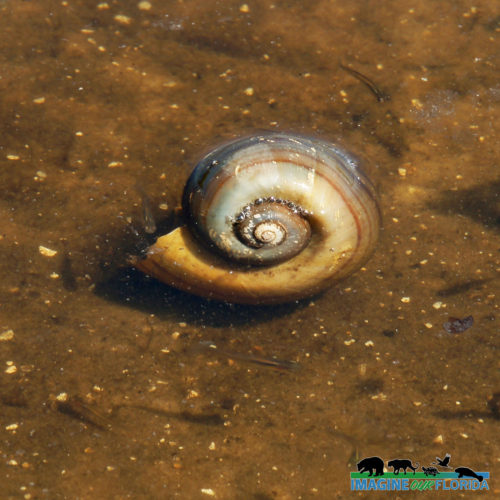
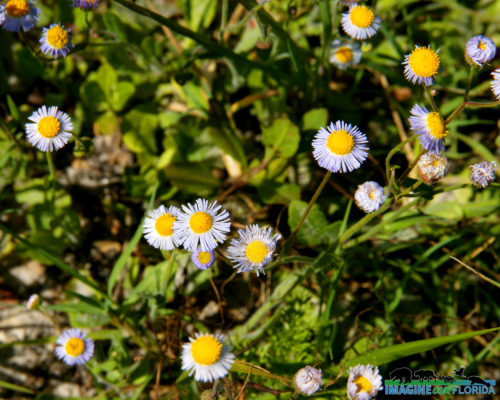
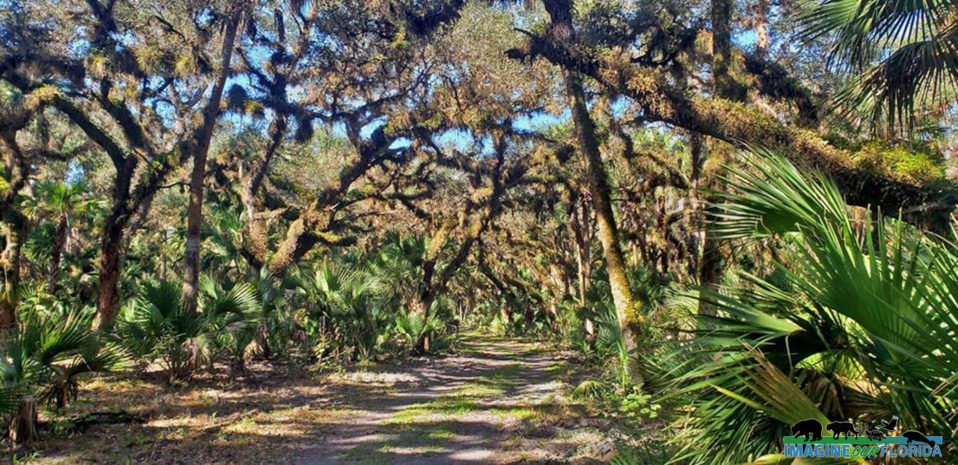
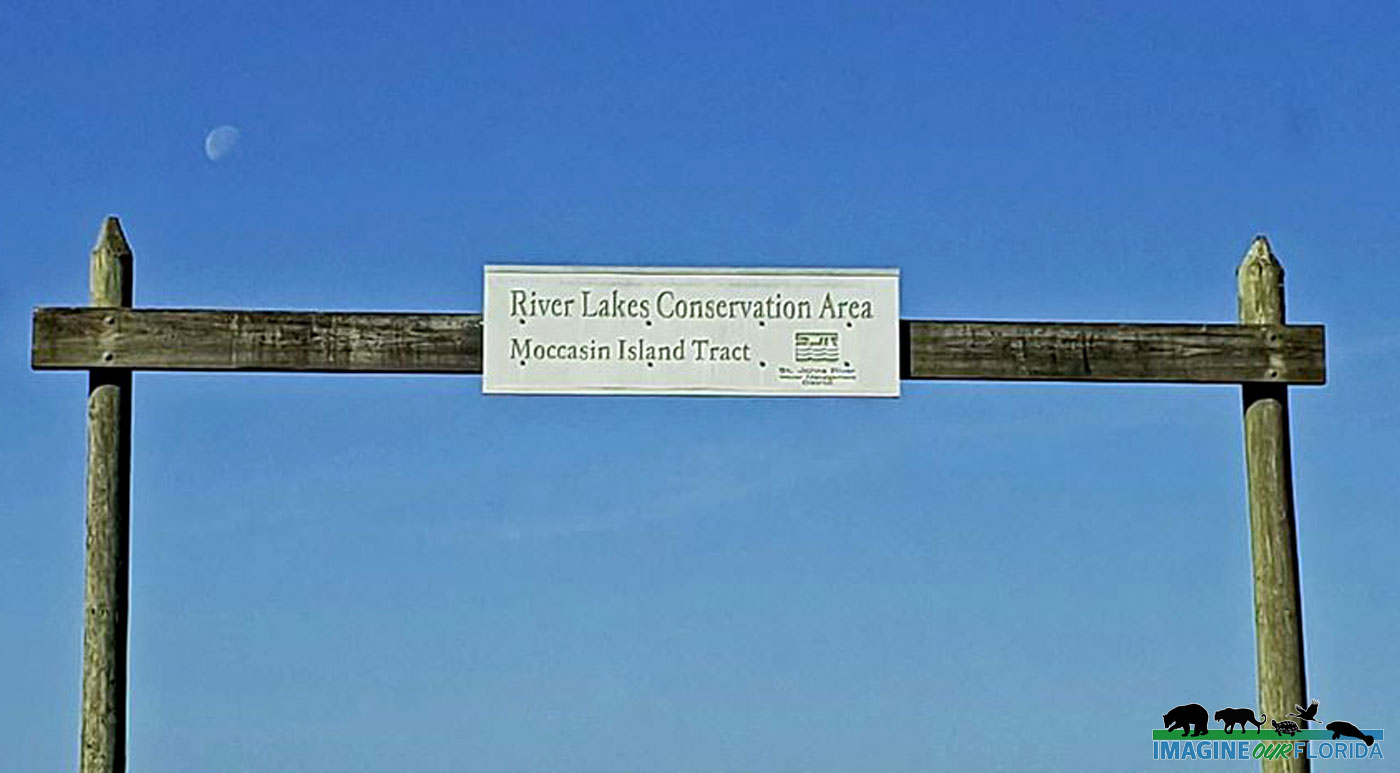
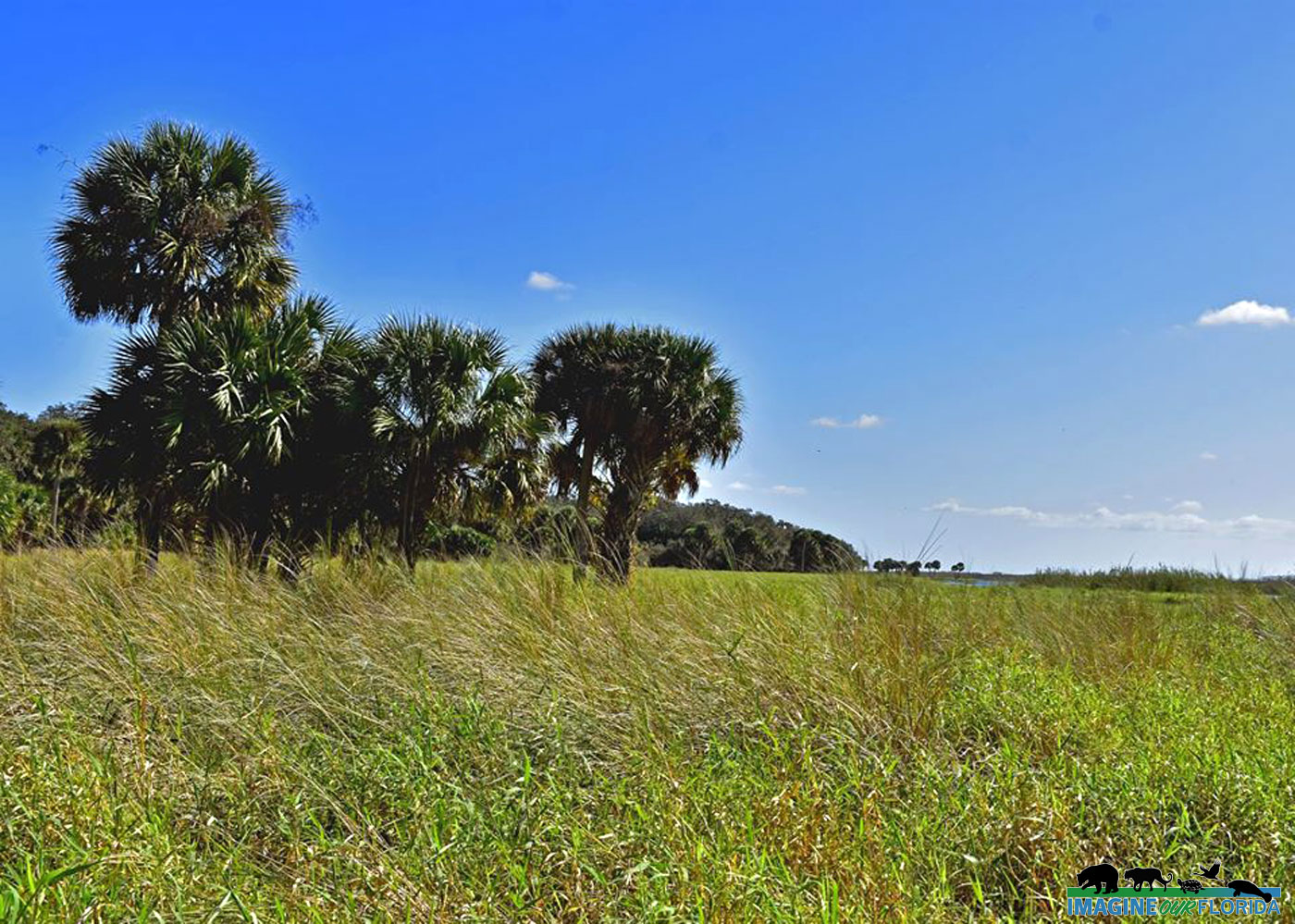
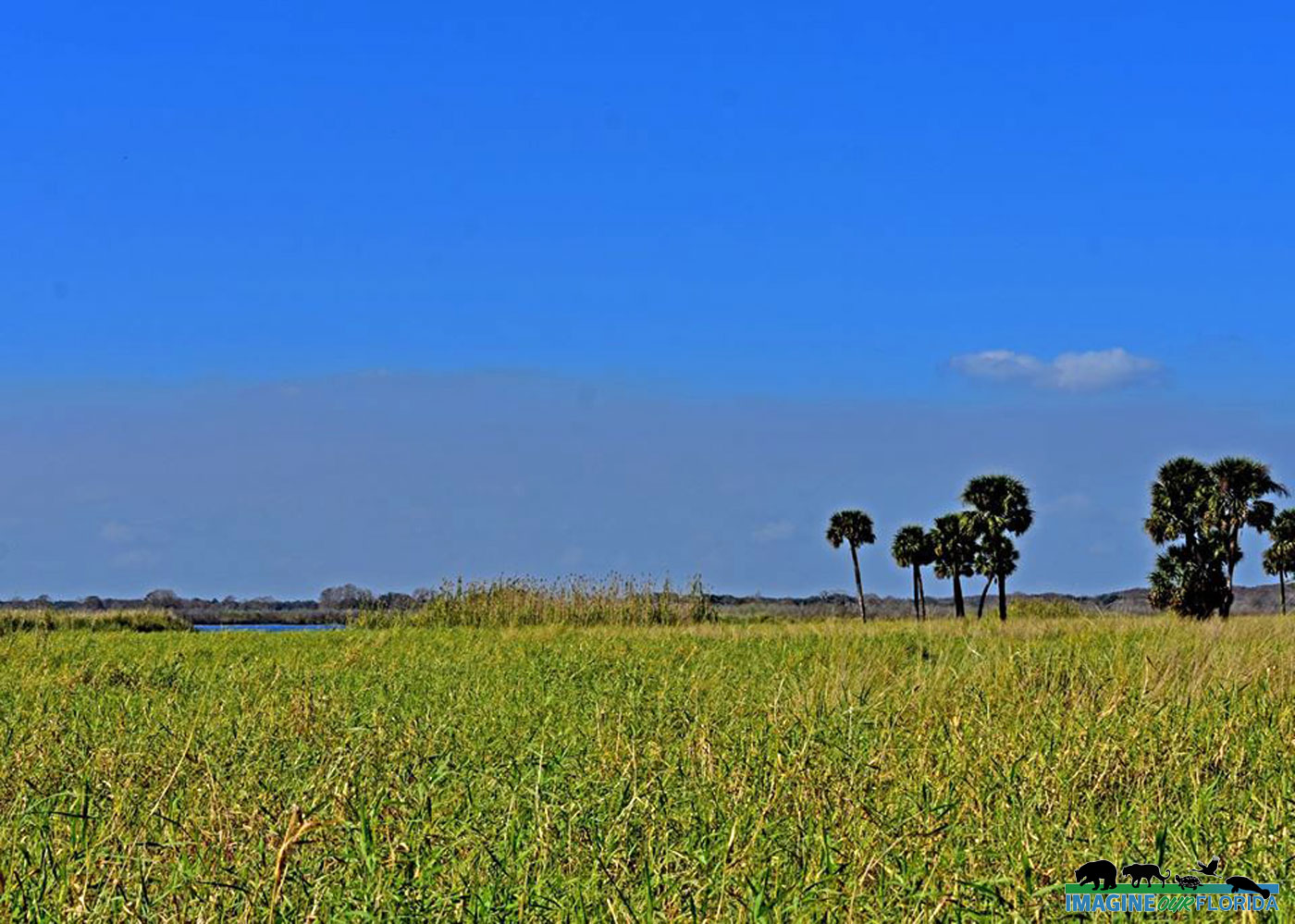
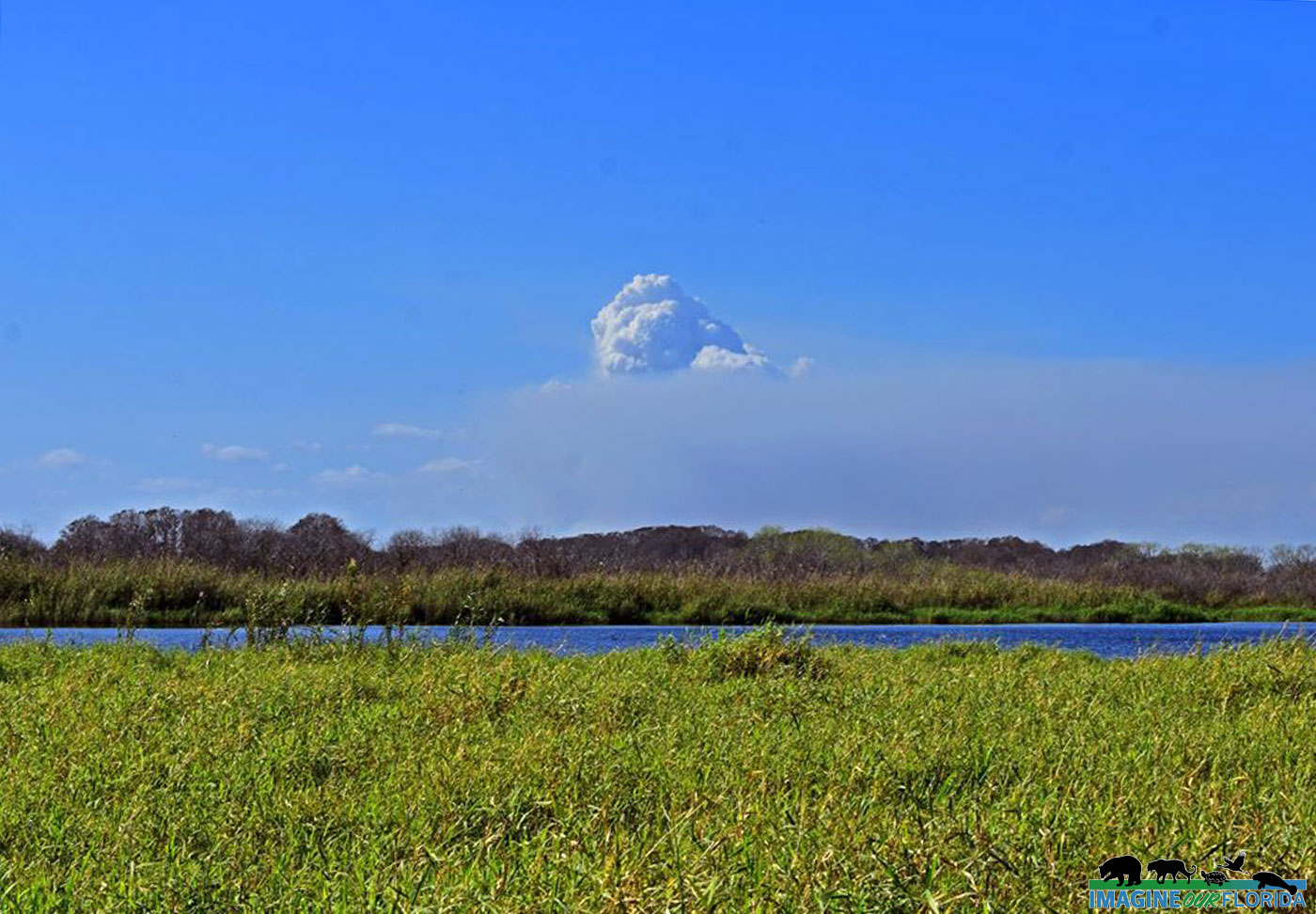
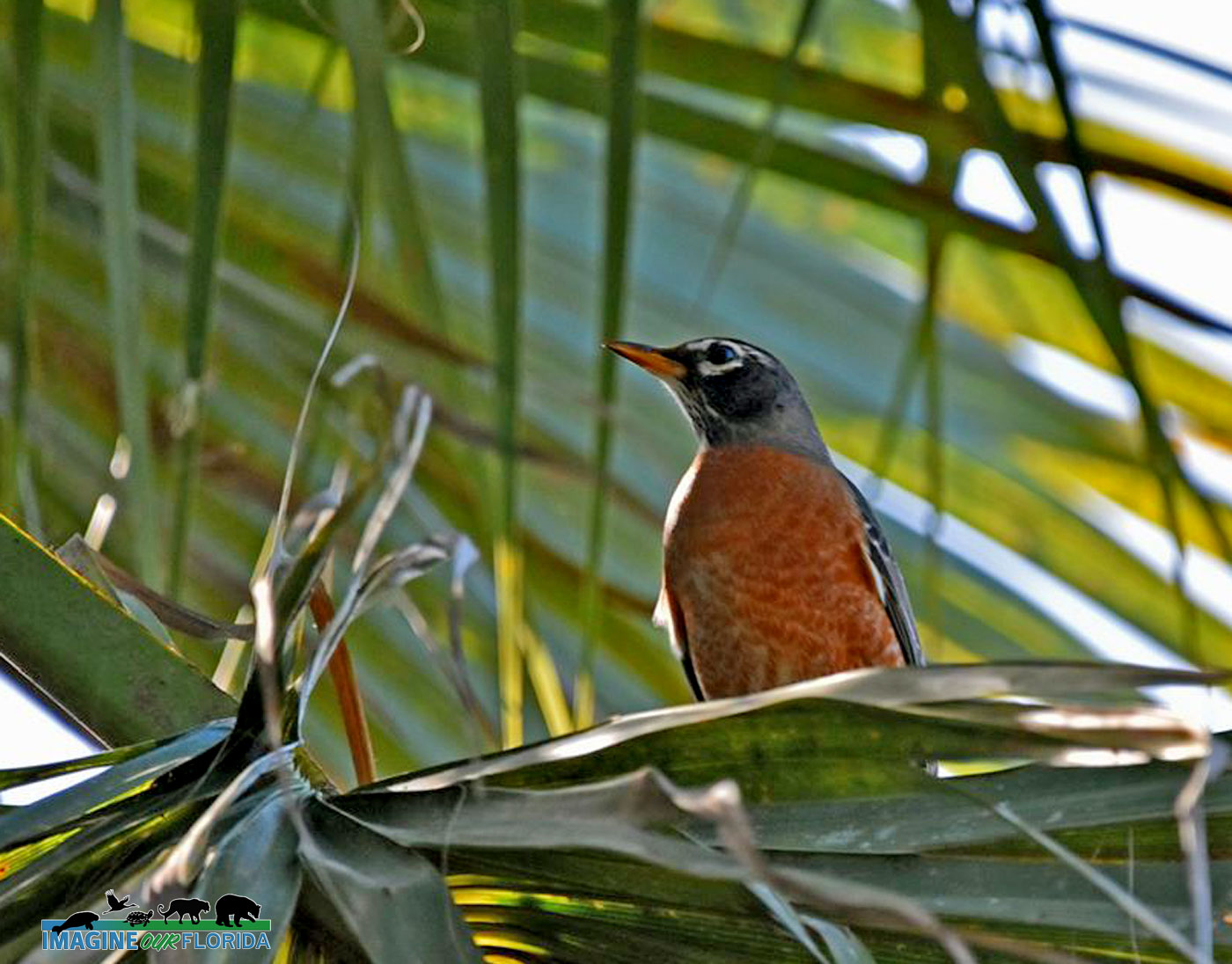
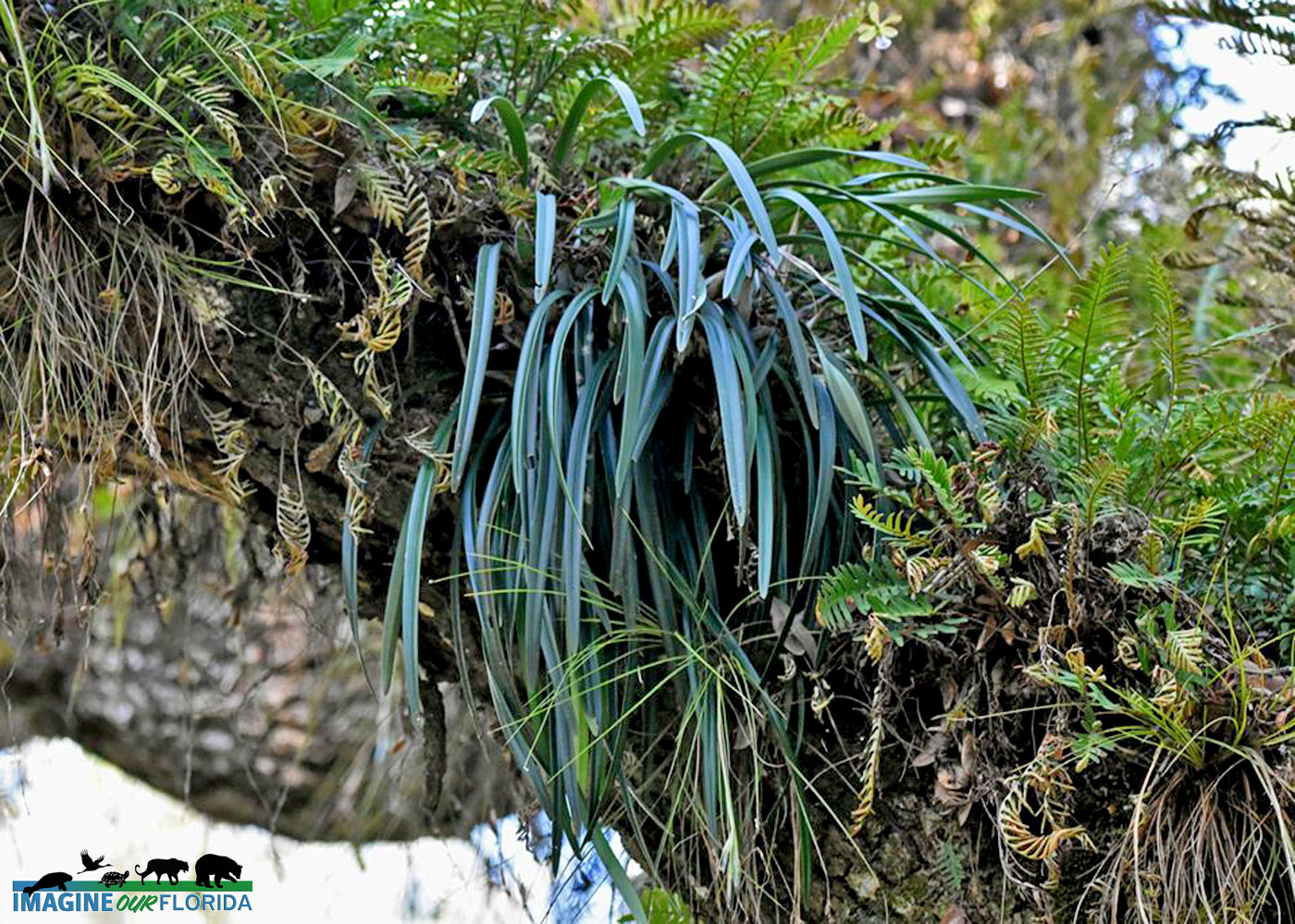
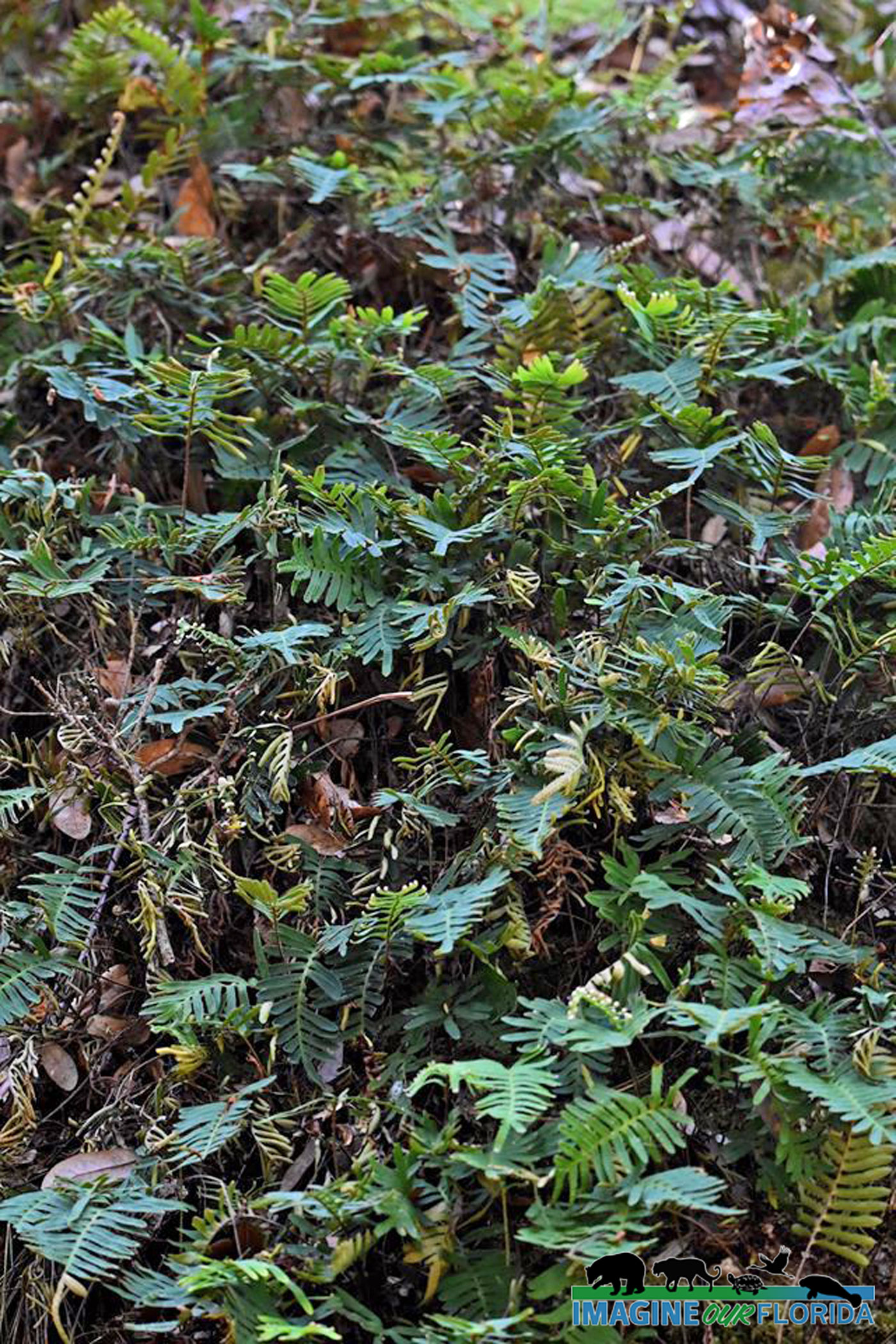
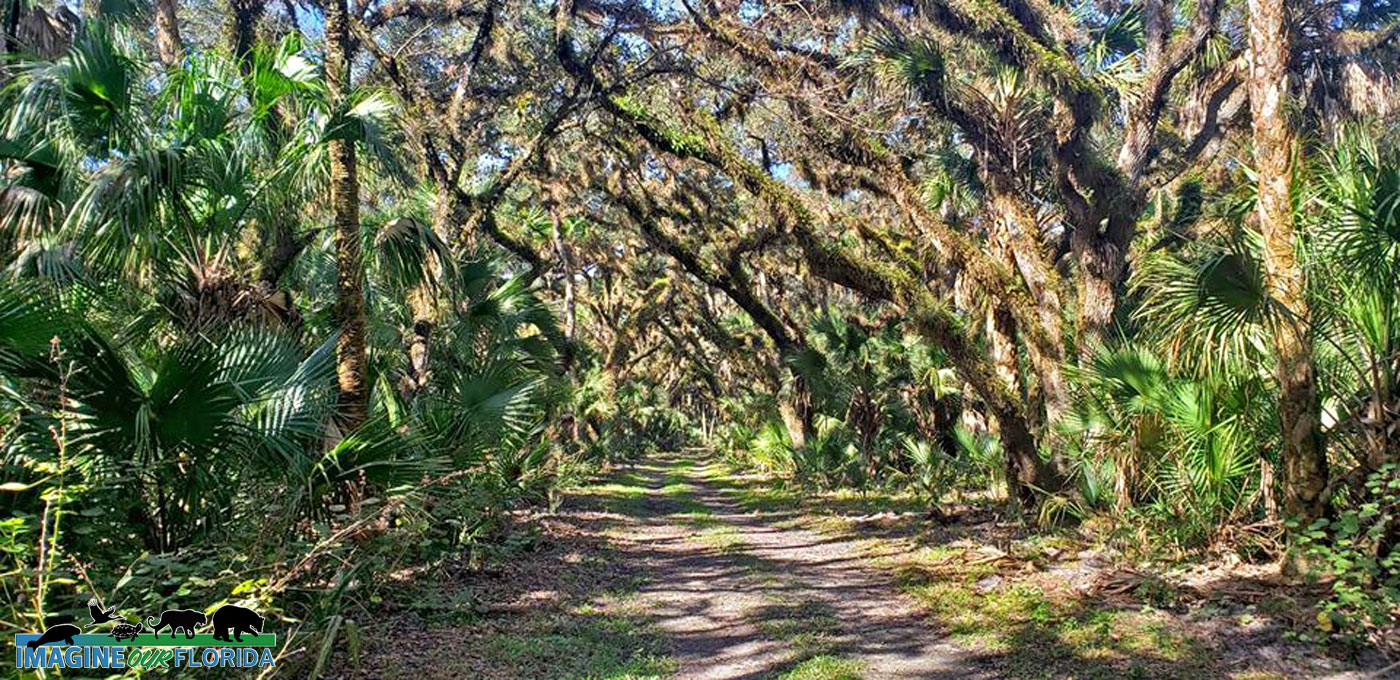
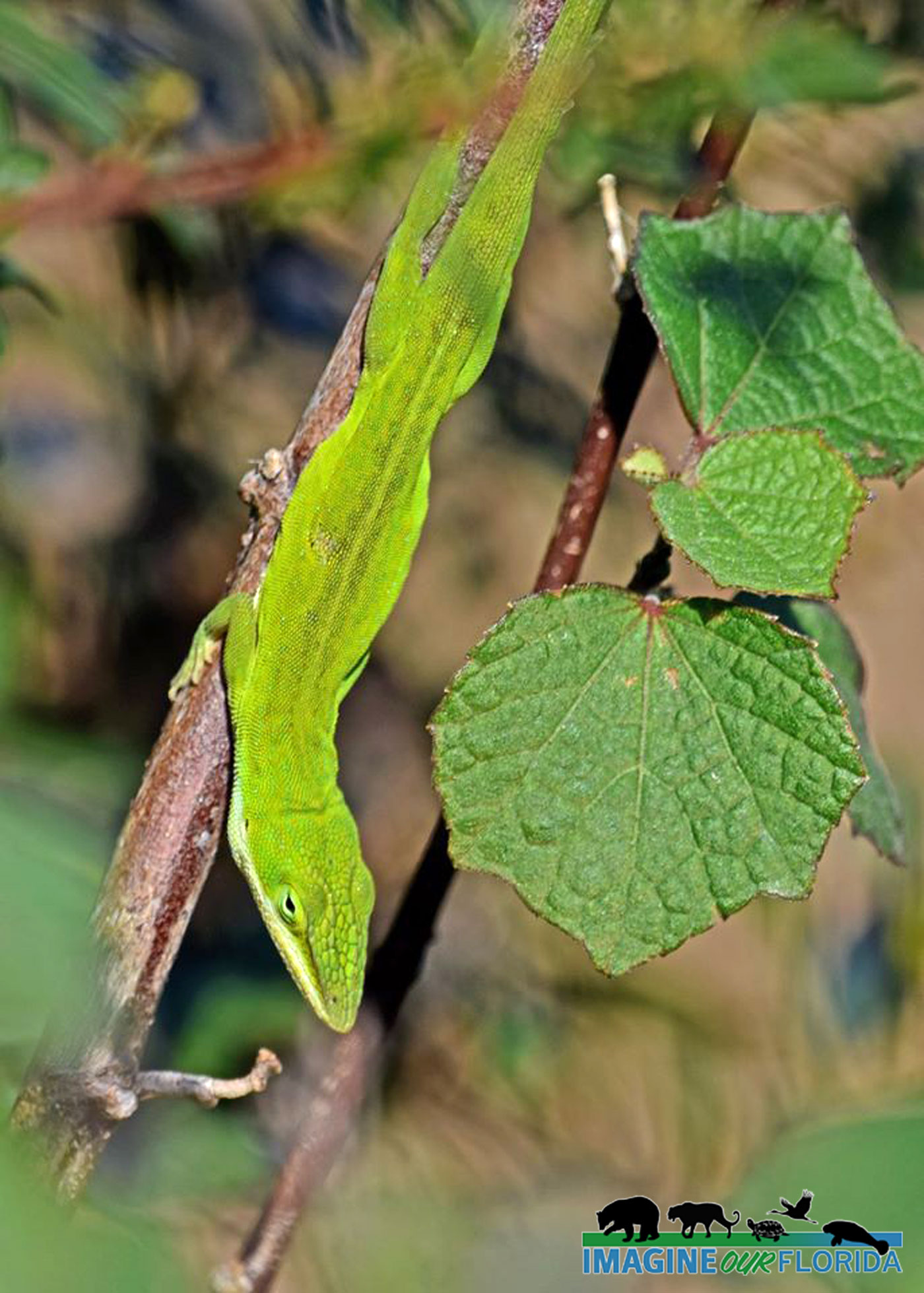
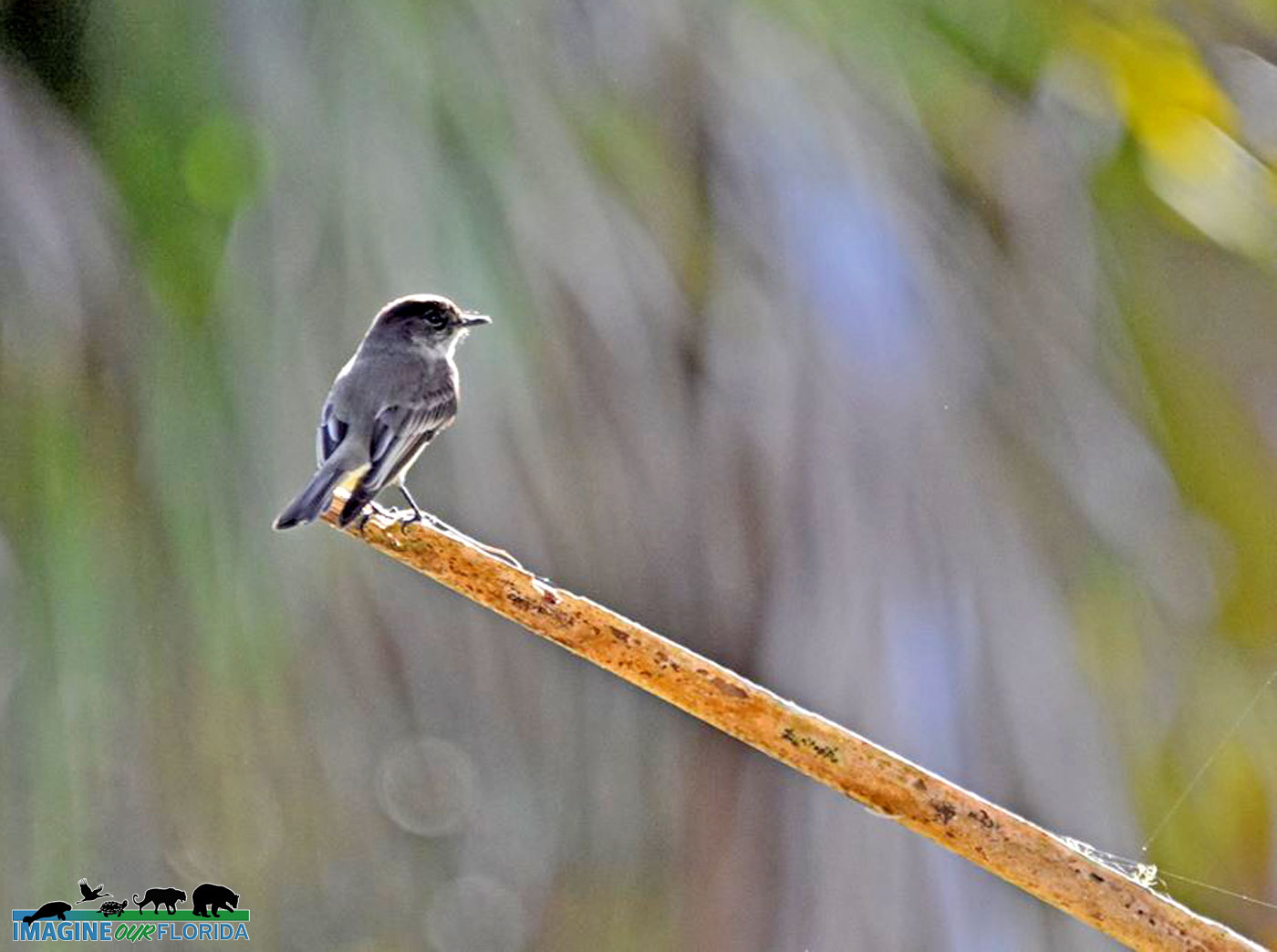
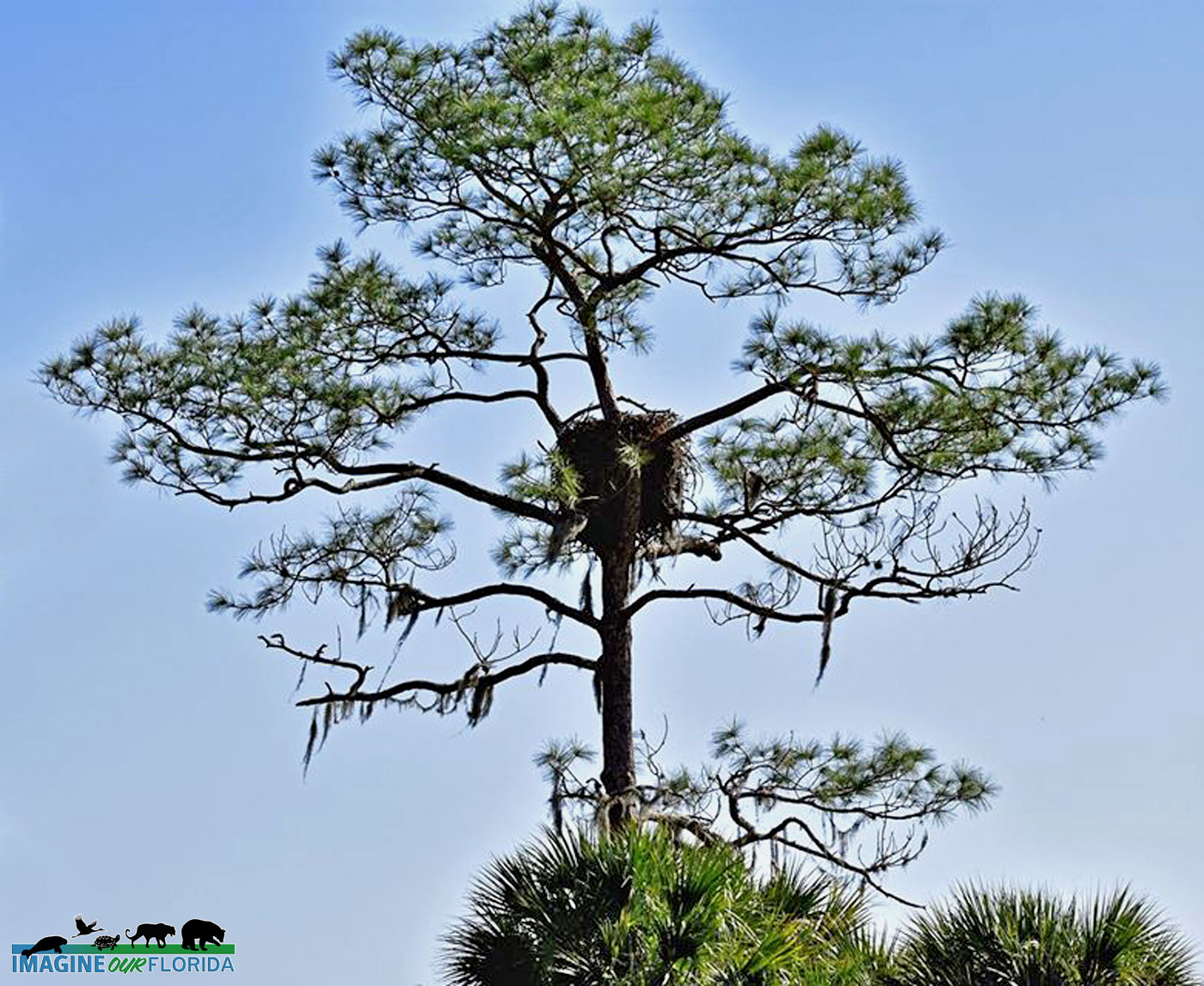
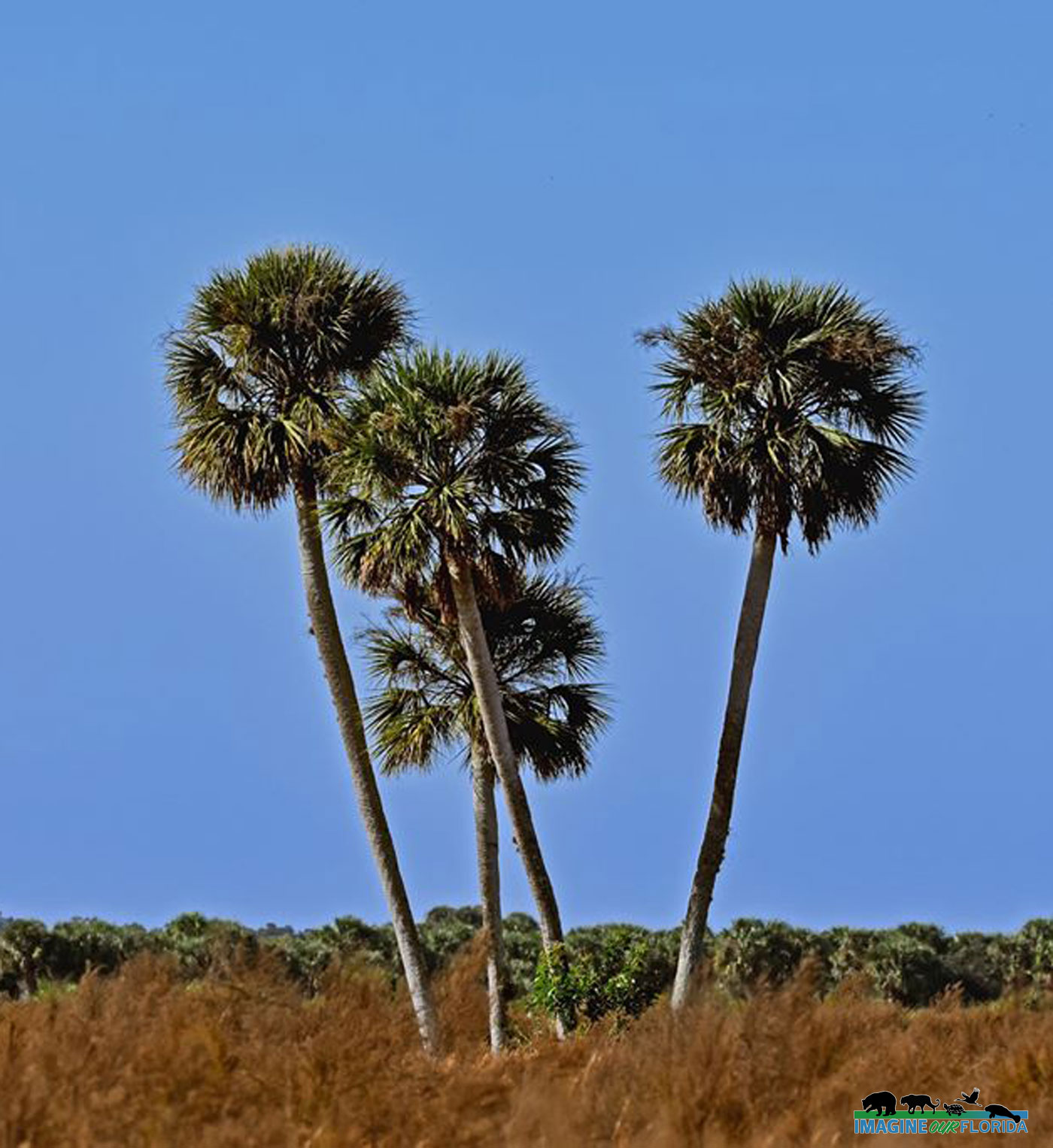
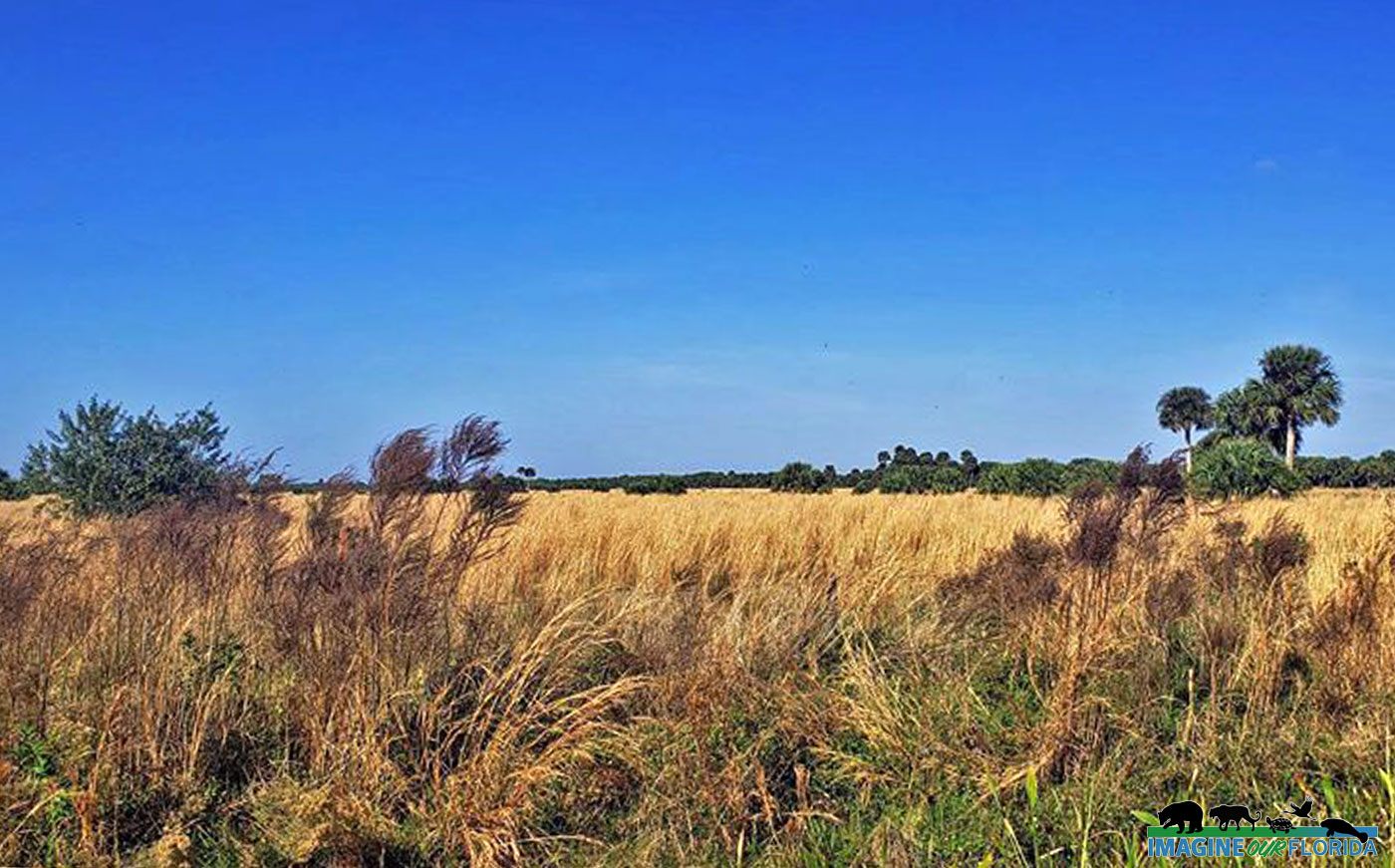
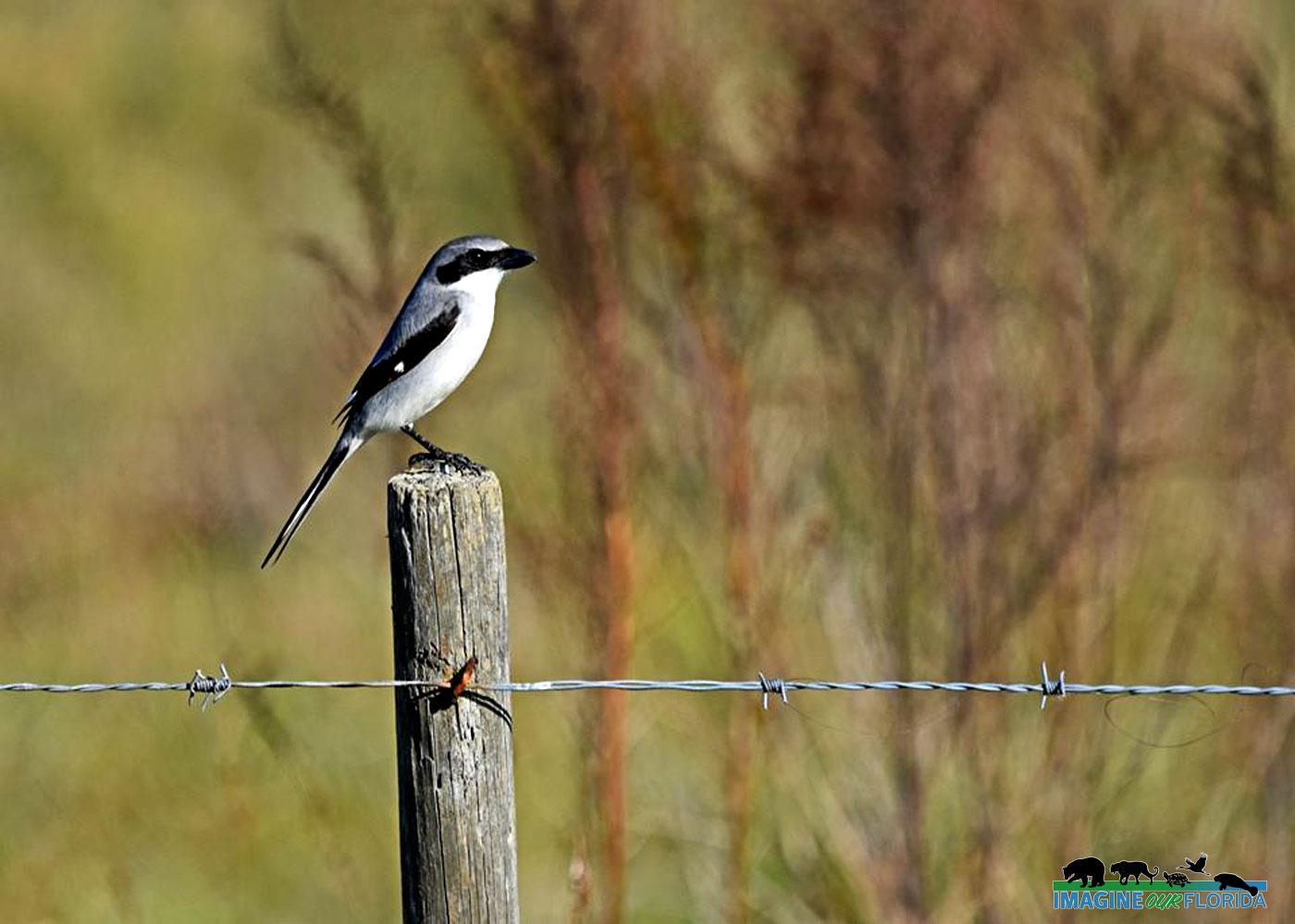
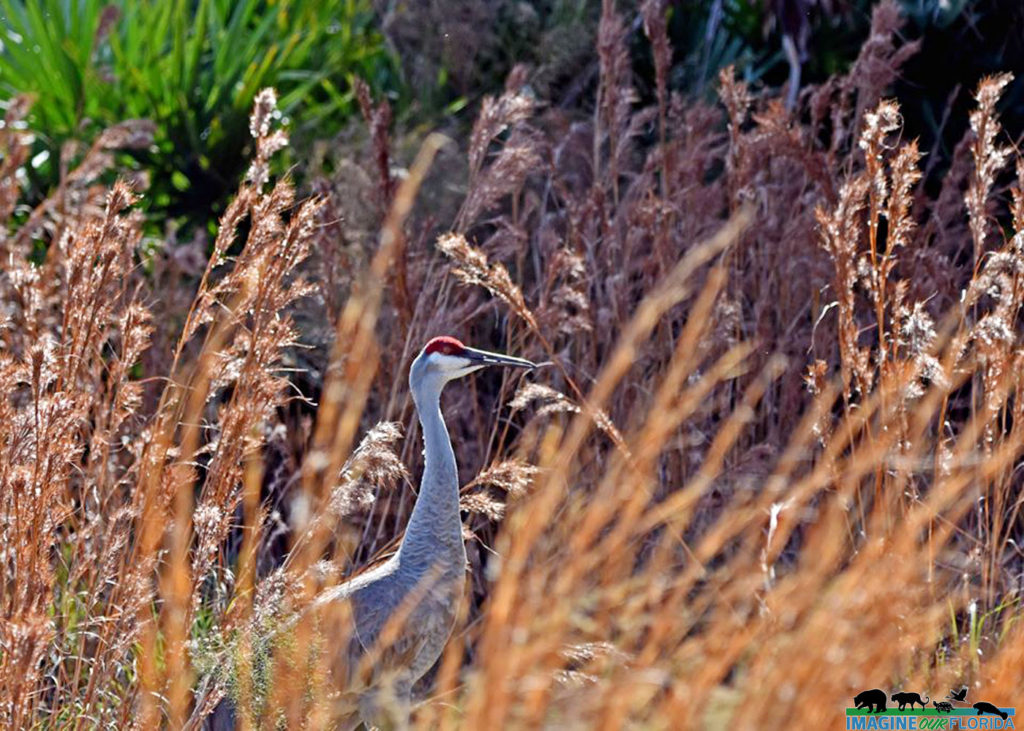
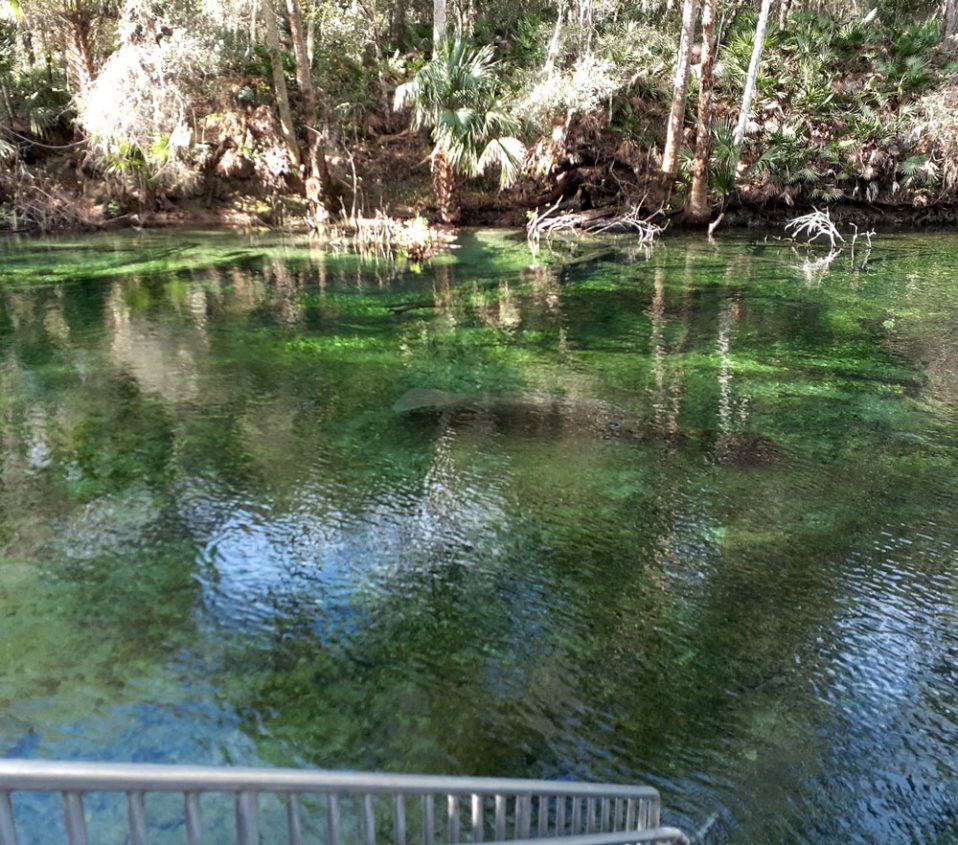
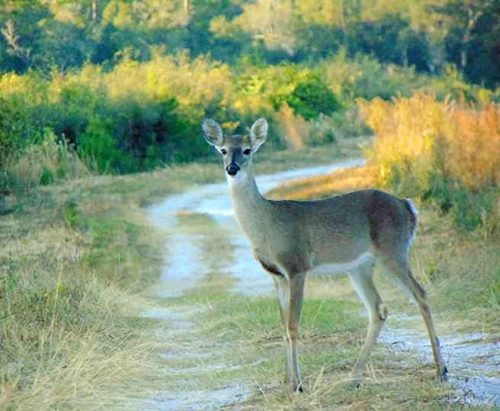

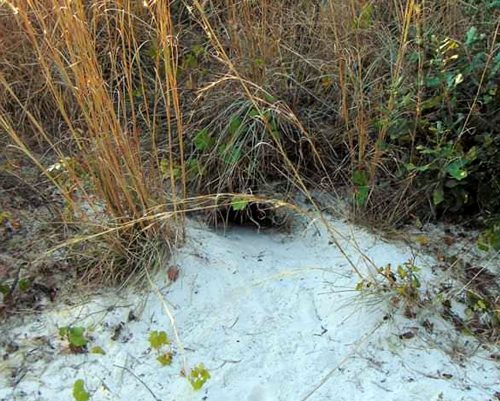
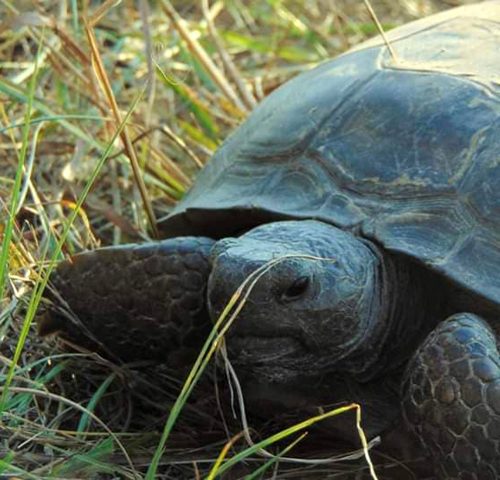
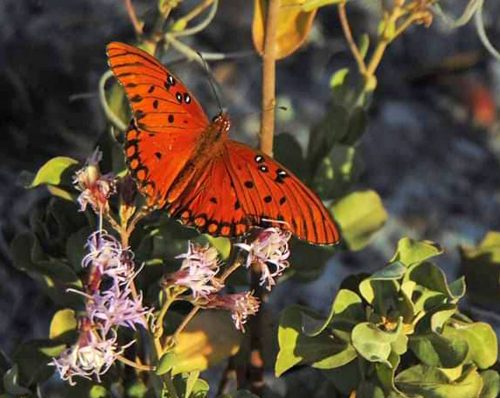
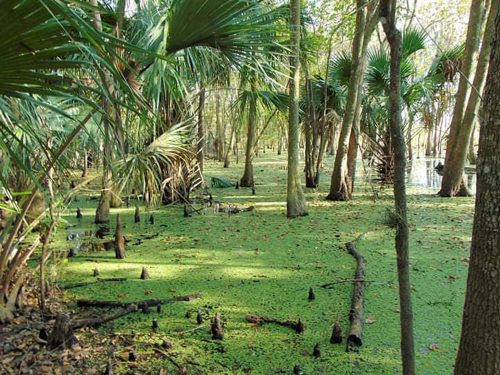
Recent Comments